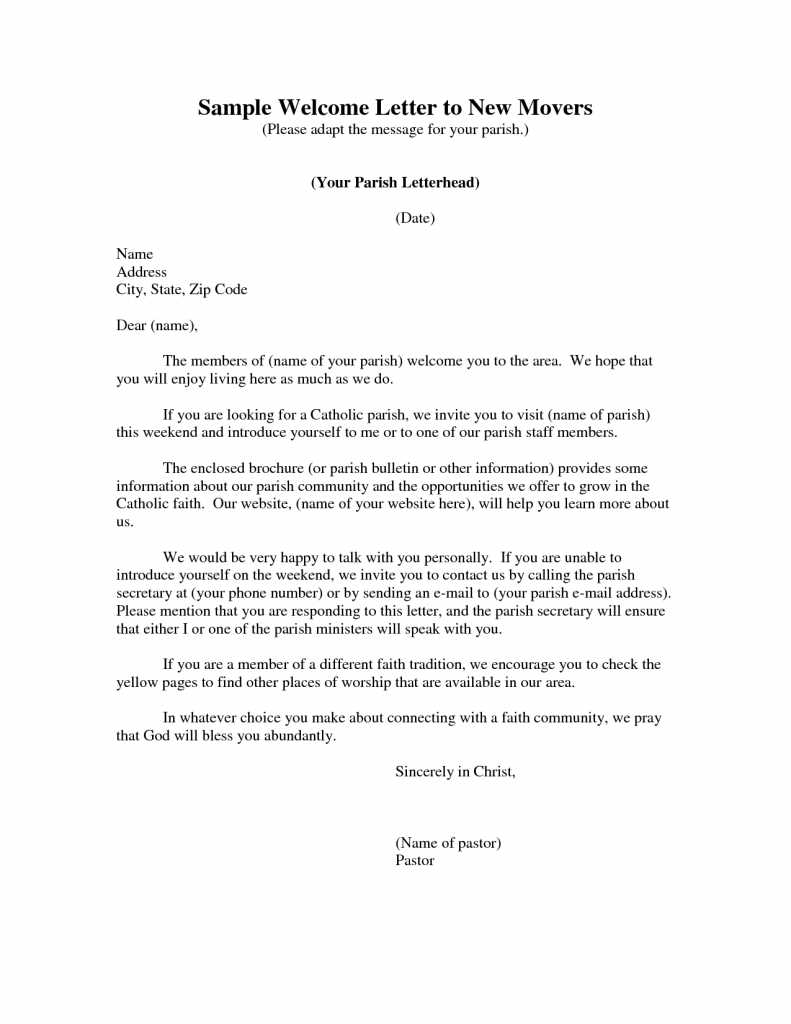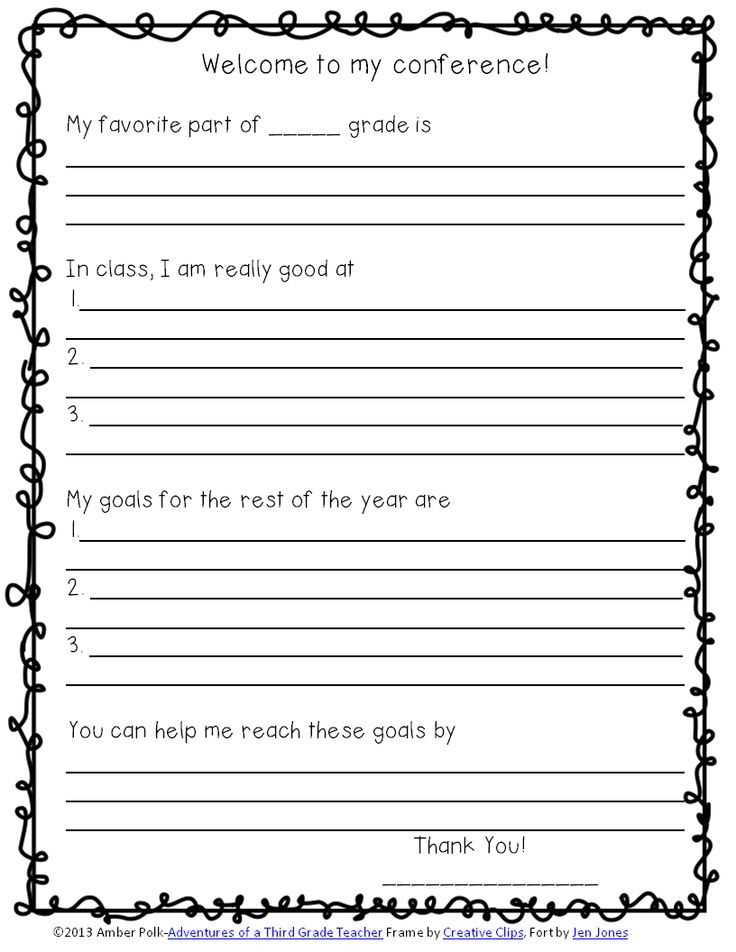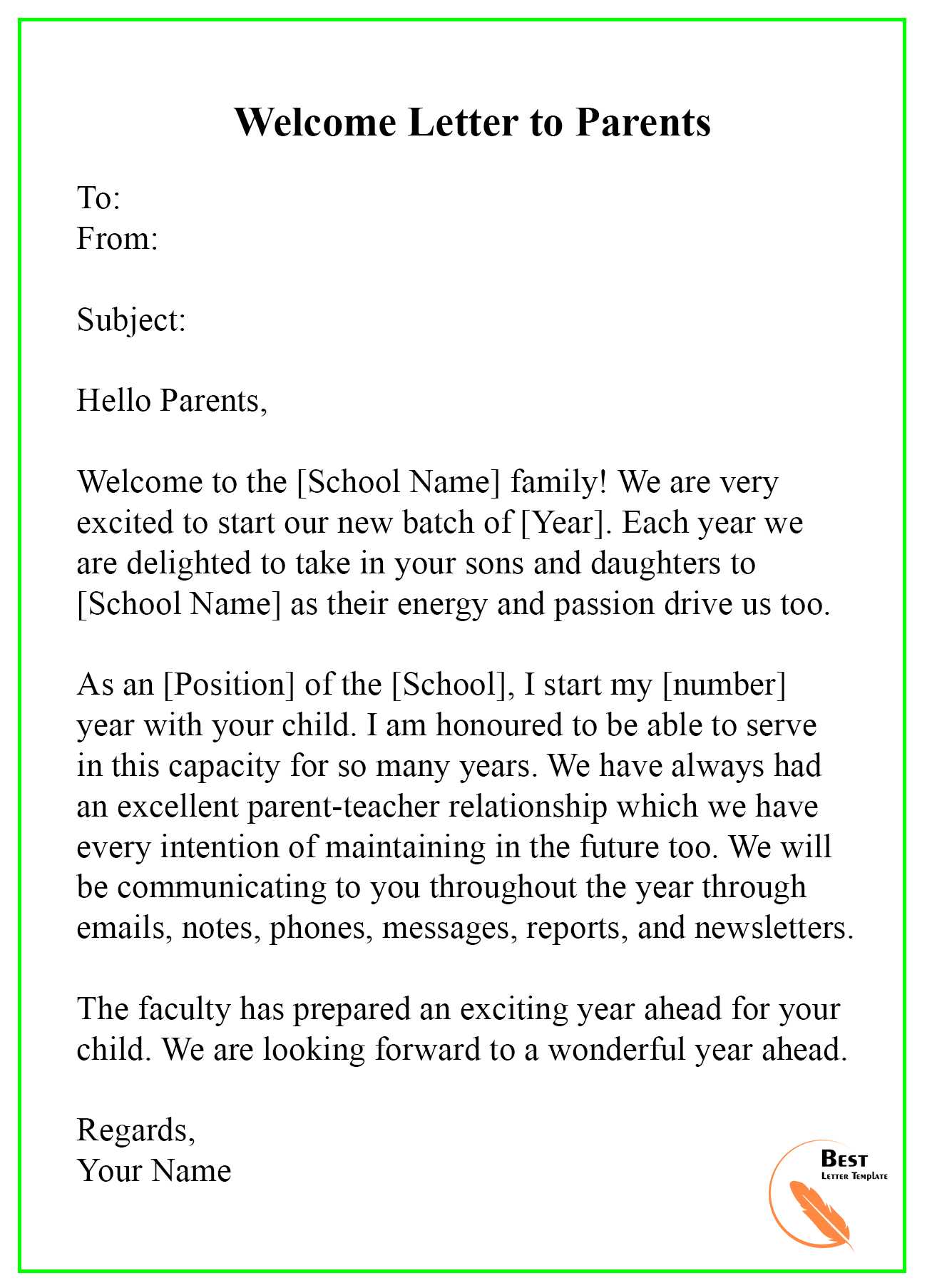Conference welcome letter template

Creating a Warm and Professional Welcome

A conference welcome letter sets the tone for the event, offering attendees a glimpse into the experience ahead. Begin with a direct, friendly greeting, and offer a brief overview of the conference’s purpose and goals. Keep the tone welcoming, yet professional, to encourage engagement. Here’s a simple structure to guide you through crafting an effective letter:
Structure of the Welcome Letter

- Greeting: Address your audience respectfully, whether it’s “Dear Attendees” or a more personalized opening.
- Introduction to the Event: A concise statement about what the conference will cover and its relevance to attendees.
- Key Information: Include details such as dates, location, and any logistics attendees need to know, like registration or session schedules.
- Highlight Noteworthy Features: Mention keynote speakers, workshops, or networking opportunities that will take place during the event.
- Encouragement: Encourage active participation, stressing that their presence will contribute to the event’s success.
- Closing: Sign off with a positive note and an invitation to reach out with any questions or concerns.
Sample Conference Welcome Letter

Dear Attendees,
Welcome to the [Conference Name]! We are thrilled to have you join us for this exciting event. Over the next [number] of days, you’ll have the opportunity to learn from industry experts, share insights with peers, and discover new ideas that can shape the future of [industry or topic].
The conference kicks off on [start date], and we’ve prepared a diverse lineup of speakers, workshops, and networking opportunities. Be sure to check out the schedule and plan your sessions in advance. Whether you’re here to gain new knowledge, make connections, or explore solutions to the challenges you face, we’re confident this event will be a rewarding experience for everyone.
We encourage you to engage fully, ask questions, and connect with fellow attendees. This is your chance to gain valuable insights that can help you thrive in [industry or field]. Our team is here to ensure your time at [Conference Name] is enjoyable and productive. Should you have any questions or need assistance, don’t hesitate to reach out.
Thank you for being a part of this experience. We look forward to an exciting and memorable time together!
Sincerely,
[Your Name]
[Your Title]
[Organization Name]
What should be included in a conference welcome letter? How to greet participants and set the tone for the event. Crafting the right opening paragraph: how to make a strong first impression. How to include key details and the schedule information in the letter. Personalization strategies: addressing specific groups or attendees. The best time to send the conference welcome letter.
Begin with a warm and welcoming tone right from the first sentence. Acknowledge the excitement of the upcoming event and express appreciation for the participants’ involvement. The opening paragraph should establish a positive atmosphere, conveying enthusiasm without being overly formal.
Ensure the letter includes essential information such as event dates, times, venue details, and a brief overview of the schedule. You should also mention any important sessions, speakers, or workshops that attendees can look forward to. Clarity is key–participants should immediately understand the logistics of the event.
Personalization is a great tool. Address the letter to specific groups (e.g., speakers, sponsors, or attendees) and mention any particular roles or contributions they will be involved with. This can make participants feel more valued and involved from the outset. Including a tailored message for returning attendees or VIPs can also build rapport and show recognition.
Timing matters. Aim to send the welcome letter a few days to a week before the conference to allow enough time for attendees to review the information but not so early that the details might be forgotten. Sending it too late may leave participants unprepared or anxious about the event.